“Under the shape of a bamboo hat on hot days, tea quenches our thirst. Whether one or two, the Buddha never tells,”
wrote Zhu Angzhi, landscape painter and revered calligrapher, across the side of a sublime purple clay Teapot of Bamboo Hat Shape by Chen Hongshou (1768-1822) and Yang Pengnian (active late 18th-early 19th c.) (fig.A).
Palpable shade still languishes beneath its gentle brim, which holds the essence of deflected sun in a gently textured surface infused with bamboo’s stalwart earthiness, and inscribed with calligraphic characters mirroring the frenzied dance of summer insects.

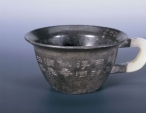
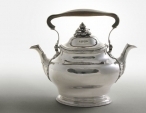
Figures: A | B | C |
Nature abounds in Yixing teapots, collaborative late Ming (1368-1644) and Qing (1644-1911) dynasty masterworks of artist-scholars, potters, calligraphers, poets, painters, and seal engravers. Quintessential literati object of the East, the Yixing teapot is one of dual refinement—as much intellectual vessel as pragmatic artwork—addressing the architecture and forms of the natural world on both intensely cerebral and purely aesthetic levels. Seal carving, calligraphy, and poetry were seamlessly incorporated into teapots crafted as art objects and received as cultural icons. Scholars determined the design parameters of these intensely sophisticated creations, controlling proportion and size, dictating construction methods, selecting suitable clays—all through the exacting lens of interpreting antique objects, geometric shapes, mundane aspects of life, and organic phenomena as teapots.
The remarkably cultivated purple clay (zisha) was purportedly unearthed by a now legendary Monk of Jinsha Temple from local deposits in Yixing, Jiangsu Province and revealed to incredulous villagers who were instructed to dig in a nearby cave [2]. From 1510 onwards, it was meticulously crafted into diverse forms: Pear, melon, and gourd shaped teapots abound in the classic repertoire of Yixing designs. More fancifully eccentric forms populate the list of eighteen forms created by Chen Hongshou (Mansheng) (1768-1822), magistrate of Liyang county, according to the Qianchen mengyinglu: waning moon, pearl, spring in the olden days, heavenly cock, horizontal cloud, spring vitality, and the deliriously complex “shape formed by joining two rice measures with one inverted onto the other”
When considering the profound artistic explication of nature in Eastern tea ware and interrelated literati drinking vessels, one can find much to inspire animated discussion, deft philosophical musing, and deep appreciation of craft and intent in Tea, Wine and Poetry: Qing Dynasty Literati And Their Drinking Vessels, a singular exhibition at China Institute Gallery in New York City, on view from March 24 through June 16, 2007. In this compact, imaginatively curated collection with a broad reach, nearly fifty objects flesh out the abstract spirituality of tea culture, a long vanished world of contemplation and tremulous elegance. Akin to discovering a spectacular iridescent beetle under a plain stone, the ancient Chinese aesthetic exemplified the encapsulation and refinement of organic forms. Diminutive twin fish, expertly engraved, swim inside the bottom of a pewter Wine Cup by Zhu Jian (active early 19th c.), its mouth the silvered edge of a still pond and white jade handle suggestive of a crescent moon illuminating this precious microcosm (figure B).
In lucid contrast to the wine cup’s subtle twin-fish Han dynasty reference is a striking and utterly disarming Western teapot’s approach to the duality and omnipresent mirroring of pattern and repetitive systems, so often observed in nature—leaf venation, muscle and bone attachment, root architecture, avian feather structure, ice dispersion. Johan Christoffer Jungmarker’s (1752-1779) brash silver teapot boasts two spouts in perfect symmetry (fig. C), each encrusted with shell ornamentation in Rococo style; flora adorns the lid in a tentative knot of naturalism, yet these organic flourishes cling to an austere body gleaming with reflections of human endeavors, and speak more of the dispersion and hybridization of organic forms. This fascinating doppelganger teapot and nearly one hundred affiliated drinking and serving vessels feature in the pioneering exhibition, Five Centuries of Swedish Silver: Treasures from the Röhsska Museum, (from February 14 through May 8, 2007 at Scandinavia House in New York City). The exhibition, while essential viewing in its own right, serves as a fine and unexpected Western counterpoint to China Institute’s exhibition.
Apt barometer for the Western design approach to nature in the crafting of teapots and drinking vessels, Scandinavia House’s exhibition, the first in the United States to showcase the history of silver design in Sweden, serves as a revelatory divining rod for European aesthetics and motifs for half a century. In addition to the mass immigration of German silversmiths to Sweden following the Thirty Years War (1618-48), Röhsska Museum curator Mikael Nanfeldt, elucidated additional influences that conspired to make Sweden a fountainhead of European design, speaking of the “…ideas Sweden imported at various points in time from Germany, France, England, and other countries…”.
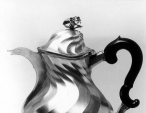


Figures: D | E | F |
Reinterpretation of Parisian Rococo designs inspired Swedish craftsman Johan Bergengren’s surreal iconic coffeepot (1764), its writhing flutes undulating rhythmically as agitated waves across the whole of its form (fig. D). This Western stylization and expansion of nature into familiar inorganic patterns conjures radio waves or electromagnetic patterns rather than ocean currents or the rippled architecture of sea shells.
For all of its perpetual motion, the Bergengren coffeepot is less alive than manufactured (an observation which does not in any way detract from its mesmerizing power or sculptural stature). The casual witness might blame the material for emotional distance, or credit silver with innate graphic impact beyond the grasp of rustic clay and cast aspersions on gleaming Western metal over the often unglazed Yixing teapots, with their intrinsic warmth. But a ready comparison must be drawn to a curiously analogous Eastern teapot of Qin-Zither Shape by Zhu Jian (active early 19th c.), who invented the startling idea of encasing the classic purple clay teapot in pewter (fig. E).
Yet for all its anachronous modernity of materials, including a geometric bronze cover knob, azure ceramic spout and sleekly elongated mahogany handle and hyperbolic design proportions, China Institute’s Qin-Zither teapot feels wholly ancient. Nature has been distilled to its essence in the reductive carving of a modest prunus branch, impressed into one side with minimalist calligraphic strokes; a poem fills the other side in seven syllables of characters which wax and wane in seemingly natural rhythms with the mottled pewter surface texture.
The inventive naturalism inherent in Yixing teapots and literati drinking vessels sparked as much commonality as contrast in the Western pantheon of design. First to be imported by the West, Yixing teapots “had a profound influence on Western ceramic design”, as objects that spawned equal parts inspiration and imitation in works produced by Britain’s Minton, Ltd, Foley Pottery and Staffordshire, Germany’s Meissen Porcelain Works, and individual potters such as Josiah Wedgewood and Thomas Astbury.
Considered together, the singularity of the organic form is equally redolent in Olle Ohlsson’s Swedish Teapot (1976) of only three decades ago, and Shen Cunzhou’s (active 17th-18th c.) Water Dropper of Melon Shape (1656) of three and one half centuries ago (fig. F). Remove the spout and handle, then attach a stem atop Ohlsson’s teapot, and the quintessential Chinese melon form appears—squat, yet seductive, observantly contoured vegetal lobes sloping to a gentle depression at the joining of body and stem.
Dividing lines may be more clearly drawn where the spirituality of nature is concerned, the Western need to abbreviate science and tame environmental forces to achieve streamlined perfection and unblemished objects versus the Eastern notion of wabi—that which is admired and coveted for its uncontrived rustic beauty, imperfections, and natural flaws. Reactionary as it was purging, wabi was a Japanese aesthetic and spiritual response to the growing decadence associated first with tea consumption in China, where displays of wealth and ostentatious “tea contests” became disturbingly common, and later in Japan as well, with its wealthiest citizens funding enormous sake drenched feasts rife with gambling and public bathing.
When Okakura Kakuzo bemoaned the boundless East-West chasm of aesthetics and national character in his seminal 1956 work, The Book of Tea, he could have been studying two pieces, pictured below, never before seen together: “The average westerner, in his sleek complacency, will see in the tea ceremony but another instance of the thousand and one oddities which constitute the quaintness and the childishness of the East to him…”.


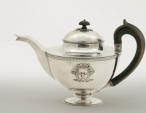
Figures: G | H | I |
Chen Mingyuan’s (active mid-17th-early 18th c.) Square Teapot, modest purple clay masterpiece in the shape of an incense burner, exhibits the quirky eccentricities and humble grace of wabi, while Lars Hakansson’s aerodynamic, decidedly slick Teapot (2004), epitomizes the adroit Swedish designer’s reductive shorthand for natural forms. Whale bones, human fossils, ice crystals, stratified stone, soldiers on the march (figs. G and H). Bridging the geometric abstraction of the earlier Chinese teapot and contemporary Scandinavian piece, German and Austrian expressionism–particularly from 1910 to 1925–transports the fundamental structures fashioned by human artifice and raw nature into surreal platforms, where both are inextricably blended. In the Morgan Library & Museum’s exceptional exhibition, From Berlin to Broadway: The Ebb Bequest of Modern German and Austrian Drawings, on view from April 20 through September 2, 2007, an abundance of examples can be cited, further reinforced by the reciprocally twisted nature and warped human psyche of the German expressionist film masterpiece, The Cabinet of Dr. Caligari, shown recently in an exquisite new print also at The Morgan Library & Museum in New York City.
Manipulation of proportion in Eastern wares to subtly manifest the individual characteristics of organic objects is particularly masterful; from the undulating tentacular fingers of a Buddha’s Hand Citron on a nineteenth century Yixing teapot (a beautiful example of which resides in the Nelson-Atkins Museum of Art in Kansas City) to Zhu Jian’s globular spout and asymmetrical white jade knob mimicking a stem on China Institute’s delightfully squat Pewter Teapot of Gourd Shape. Note the Buddha’s Hand Citron form reflected in Adolf Zethelius’ Teapot and Cover (1813) from Scandinavia House, with its flattened teardrop body, elongated spout, and organically elastic handle. Considered in totality as successful biomorphic design, Zethelius’ fluid expression of the pinched, compressed extrusions and lobular central mass suggestive of this iconic Asian fruit–reminiscent of both cuttlefish and squid in motion–is tantalizing. (fig. I).

Another Chinese example of human applications brought into the more ephemeral realm of nature is the Tall Teapot with Willow Decoration (left) and poetic inscription by Qu Yingshao (1780-1849) in the Tea, Wine and Poetryexhibition. Despite the opacity of the teapot’s purple clay and grounded solidity of its tubular, comparatively untapered spout, knob, and handle, the brilliantly exaggerated, “choked” proportions and appendage attachments disarmingly high on the vessel body makes the object soar. Coupled with a diaphanous willow engraving on one side and a seven syllable quatrain conjuring pear blossoms in moonlight on the other, the teapot feels no heavier than a feather carried on a spring breeze.
Conversely, the teapots and vessels in Five Centuries of Swedish Silver at Scandinavia House epitomize the Western approach of taking nature into the human lexicon. The striated architecture, scalloped convex forms, and incised calcification of seashells is readily apparent in the components of Wiwen Nilsson’s (active 1923-74) Coffee Service (1923), and Count Sigvard Bernadotte’s (1907-2002) Bowl and Ewer and Cocktail Shaker (1938-44) (figs. J, K and L), although their sophisticated, almost futuristic abstraction relegates these eccentric natural antecedents to the dominion of only the most highly observant and acutely insightful cognoscenti. At times, these objects emanate a decidedly inorganic perfection, even as they conjure visions of a sea star retreating or anemone in glorious starburst.
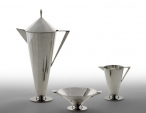

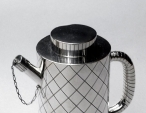
Figures: J | K | L |
Yet the Eastern voice in teapot and drinking vessel design remains—as an undercurrent, as a subtext, as a whisper in the collective ear of the Western artisan. Proportionally, Nilsson and Bernadotte’s creations share myriad commonalities of structure and formal conception with Qu Yingshao’s Tall Teapot, and despite the inherent bank vault weight and impregnability of highly polished silver, these vessels born of East and West defy the gravity of their materials, deny surface contact with the earth, and seem only to drift away together.
For footnotes and source, Read Original Article

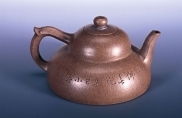

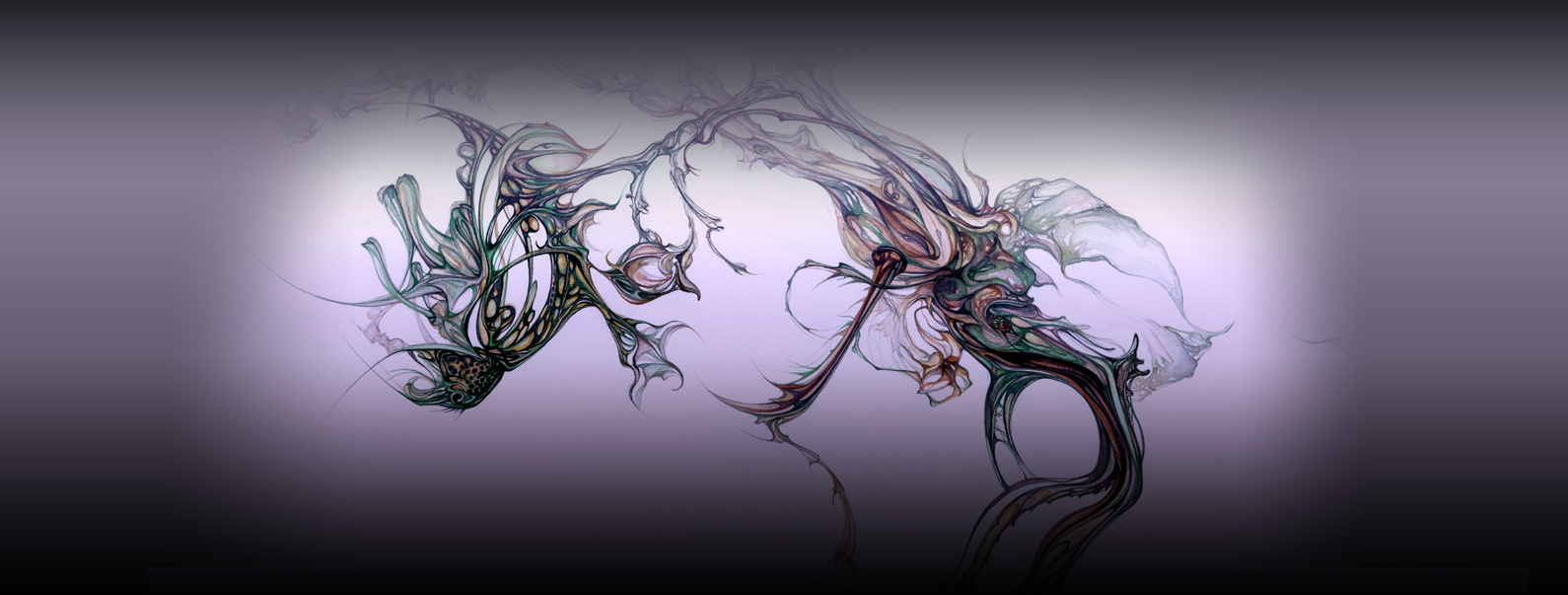

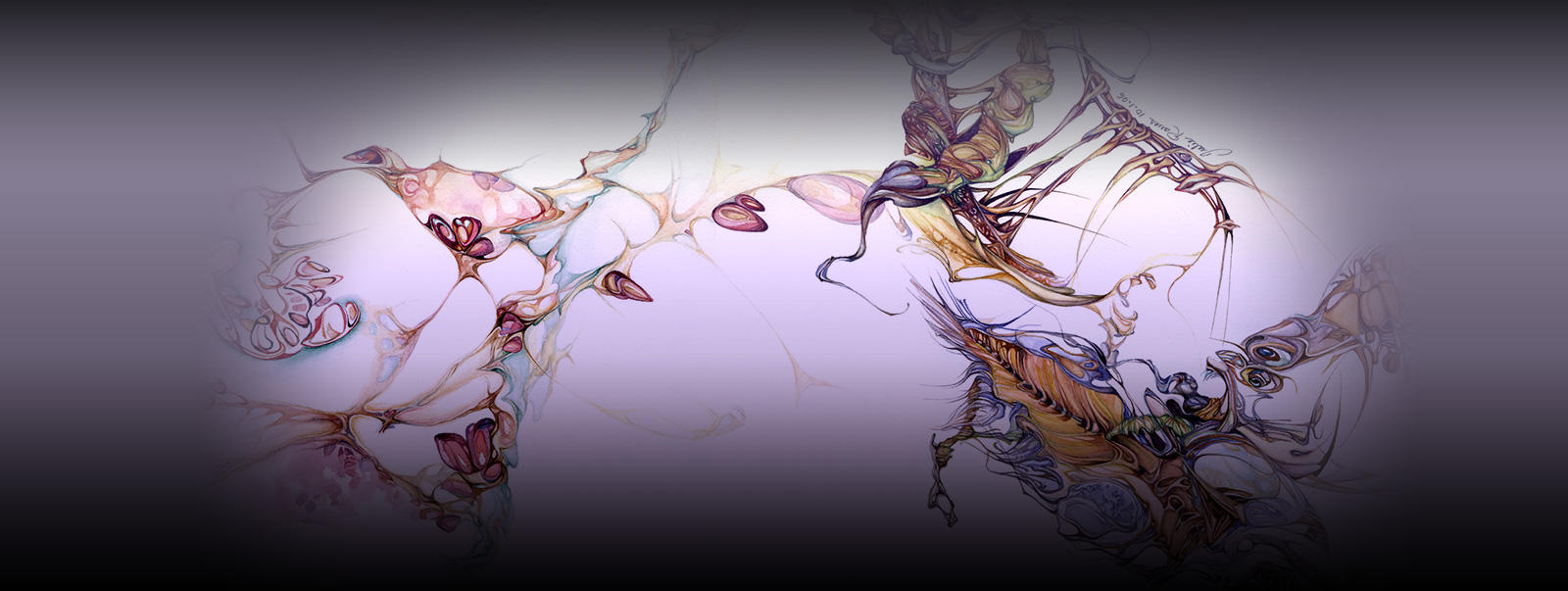
COMMENTS
There are no comments yet!